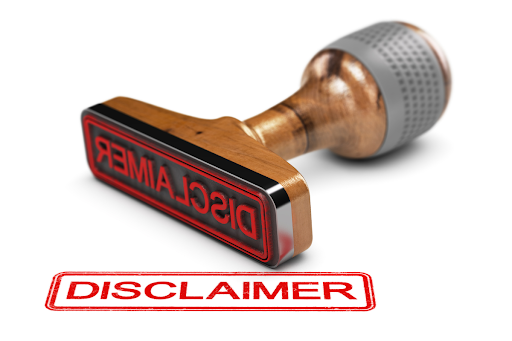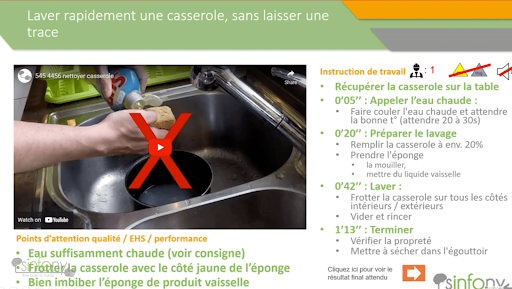July 28, 2025

I'm sure you've already asked yourself the question:
Is it possible or not to have video instructions in the pharmaceutical industry?
What is the inspector going to say?
Here is a sample of what is found in GMPs:
So what do we do?
With two laboratories, we are in the process of preparing for an FDA inspection that is coming.
Some conservative people are under stress because we are replacing 50-page procedures that no one reads with massive use of videos.
They are afraid that the inspectors will blame them for using the videos.
And every time you talk to a prospect, you always have this fear that comes up again.
I have good news for you.
We are going to explode this limiting belief that makes you keep your text procedures, whose origin comes from the word “WRITTEN”, and the word “LEGIBLE” in GMP.
Consider the ISO 9000-2000 version 2015, which is a document that pharmaceuticals could draw inspiration from.
The ISO standard is no longer about procedure, but about documented information.
Chapter 3.8.6, note 1, tells us that:
“Documented information can come in any format and on any medium and can come from any source.”
Now, it's clear, you can use videos and even more.
In theory, I could even reference videos from official organizations posted on YouTube, if I can be sure that they won't disappear.
In pharmaceuticals, it's more ambiguous.
You could always try to play on terms by saying that a video is above all a sequence of 1s and 0s, so it's written.
But hey...
It's a bit far-fetched.
In pharmaceuticals, the question is therefore how to make video tutorials that are written.
I'll immediately show you 3 tips for making video tutorials that the inspector will A-DO-RER.

For the oldest among you, there was a time when you had DVDs.
And on the DVD cover, there was the chapter writing.
For younger people who watch YouTube or Netflix, you can find a list of the time markers associated with each sequence in the description or navigation bar.
For your tutorials, use this idea.
Link the chapter list to your video tutorials.
Then, associate the time code, the time frame, with each chapter.
Here, the interest is twofold.
You have a written instruction and the inspector can never fault you for it.
In addition, once your operator is trained, they will be able to retrieve a particular sequence without needing to review the entire video.
You can also find the content of this article on our YouTube channel, and subscribe 👍!

When you make a specific gesture in industry, there are always one, two or three rules to respect for your safety or to guarantee quality throughout the process.
If you put your text into the video, it's not effective.
Because once passed, like a disclaimer at the beginning of the video, you forget it.
On the other hand, if these points of attention remain visible at all times,
they remain within easy reach, and the brain constantly passes over them,
even unconsciously.
At certain key moments in the video, pause and place a rectangle, circle, or arrow on the point of attention and then enter the corresponding keyword.

But only one key word.
The more text you put into your video, the less effective and memorable it will be.
The inspector will have nothing to complain about.
You will be GMP compliant, while being clearly focused on the operator understanding the content.
The question now is how to industrialize the production of this type of tutorial with your outdated IT systems, and for that, we can help you.
If you want to go further, I suggest that you have free access to part of our training at the “Doc & Training simplification”.
Your clarity is our job.
See you soon!
Des formations conçues par des experts métier, régulièrement mises à jour pour coller aux exigences terrain. Découvrez nos modules les plus suivis et les mieux notés par les professionnels.

Formation complète sur les Bonnes Pratiques de Fabrication (BPF) adaptée à votre profil professionnel dans l'industrie pharmaceutique et vétérinaire.

Maîtriser les techniques et les procédures essentielles.

Les procédures essentielles d'hygiène et de sécurité pour le personnel...